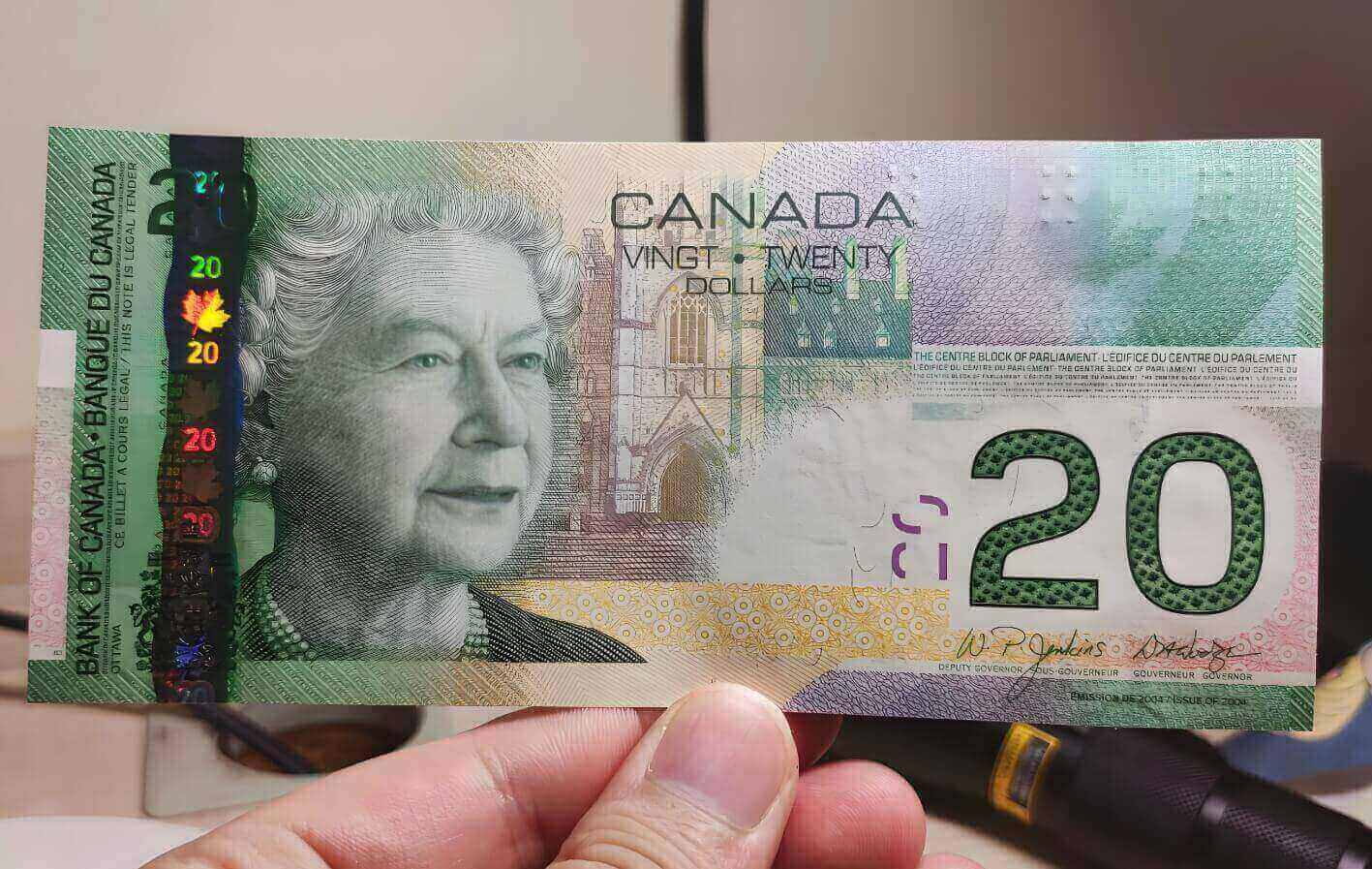
USD/CAD appreciates as Trump announced plans to impose a 25% tariff on all steel and aluminum imports.
The Canadian Dollar faces challenges as Canada is a major supplier of steel and aluminum to the US.
The US Dollar gained support after January’s job report heightened the cautious mood surrounding the Fed’s policy outlook.
The USD/CAD pair breaks its four-day losing streak, trading around 1.4350 during the Asian session on Monday. This upside movement could be attributed to escalating trade tensions following recent remarks from US President Donald Trump.
President Trump told reporters aboard Air Force One on Sunday that he plans to impose a 25% tariff on all steel and aluminum imports, without specifying the affected countries. Trump also stated that additional reciprocal tariffs would be unveiled by midweek and implemented almost immediately, mirroring the tariff rates set by each country, according to Reuters.
The Canadian Dollar (CAD) faced downward pressure as Canada is a major supplier of steel to the United States (US). Furthermore, Canada, with its abundant hydropower resources, accounted for 79% of total US primary aluminum imports in the first 11 months of 2024.
"Canadian steel and aluminum support key industries in the US, from defense to shipbuilding and auto manufacturing," Canadian Innovation Minister François-Philippe Champagne posted on X. "We will continue to stand up for Canada, our workers, and our industries," per Reuters.
On Friday, the Canadian Dollar gained ground after stronger-than-expected employment data for January, causing USD/CAD to pull back. The Canadian labor market showed resilience, adding 76,000 jobs in January—far surpassing the expected 25,000, though still below December’s 91,000. The unemployment rate dropped to 6.6%, beating forecasts of 6.8% and improving from the previous 6.7%.
Meanwhile, January’s jobs report in the US indicated slowing job growth but a lower unemployment rate, which increased the likelihood of the US Federal Reserve (Fed) keeping interest rates steady this year. This supported the US Dollar (USD) and limited the downside for the USD/CAD pair.
US Bureau of Labor Statistics (BLS) reported that Nonfarm Payrolls (NFP) rose by 143,000 in January, significantly below December’s revised figure of 307,000 and below market expectations of 170,000. However, the unemployment rate edged down to 4% in January from 4.1% in December.
* The content presented above, whether from a third party or not, is considered as general advice only. This article should not be construed as containing investment advice, investment recommendations, an offer of or solicitation for any transactions in financial instruments.

